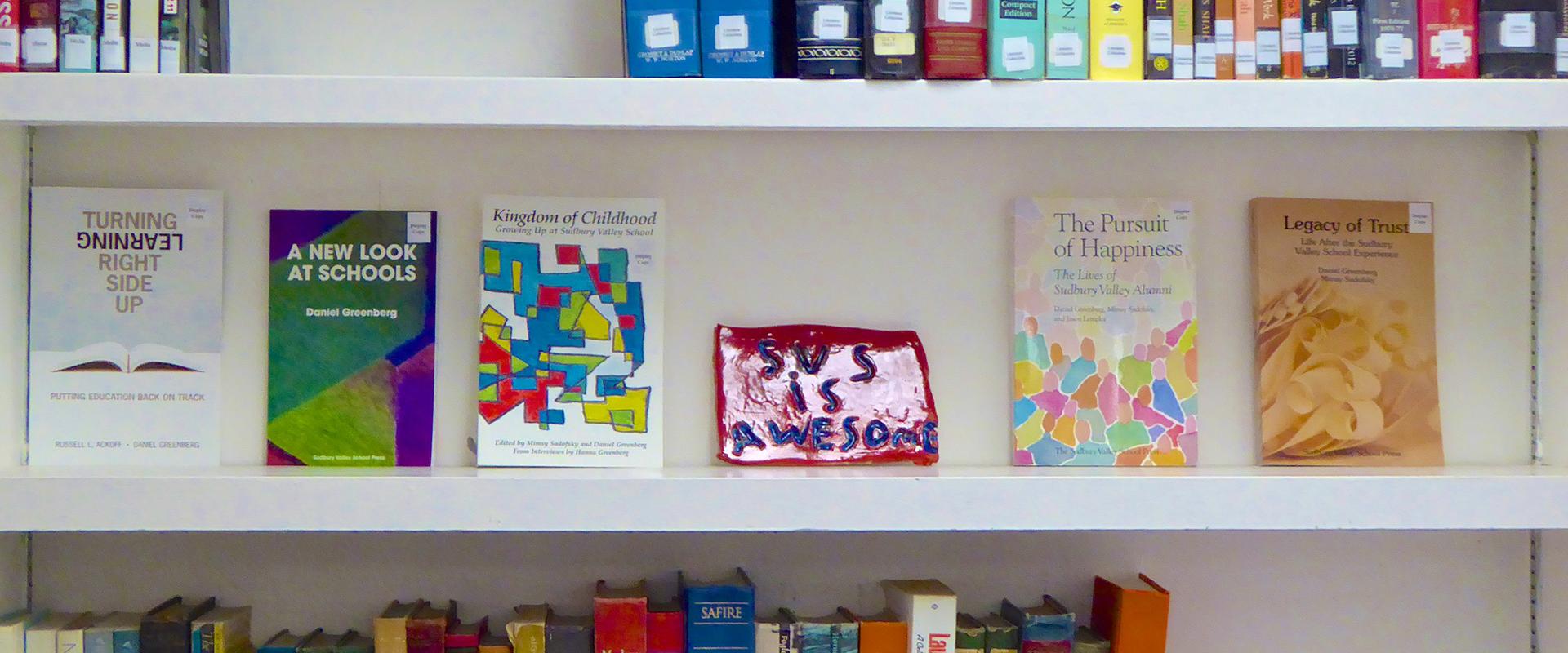Recently, an article was brought to my attention, entitled “Alternative Educational System Sudbury Valley as a Model for Reforming School”. It was a paper presented to the 4th World Conference on Educational Technology Researches, held in Barcelona, Spain in November, 2014. It appeared in May, 2015 in Procedia: Social and Behavioral Science, a peer-review journal published by the prestigious Dutch research publisher Elsevier.
The research was done by two people I had not heard of previously: Reza A. Valeeva and Ramilya Sh. Kasimova, academicians at the Kazan (Volga regional) Federal University in Kazan, Russia. I was intrigued. Kazan? Where on earth was that? It turns out to be an important city, located on the Volga river. As Wikipedia reports, it is “the capital and largest city of the Republic of Tatarstan, Russia. With a population of 1,143,535, it is the eighth most populous city in Russia.”
But what was most amazing was the Abstract, at the head of the article. It stated that “the article is devoted to the historical development, and the experience of the alternative education system Sudbury Valley School, founded in 1968 in Framingham Massachusetts USA. . . . We consider this educational system a positive model for reforming school in Russia.” And the research was funded by the Russian Government!
To say that I was amazed would be an understatement. A couple of decades ago, some academicians from Novosibirsk in Siberia had visited the school, and subsequently Hanna was invited to present the school to an education conference in Moscow. But since then, we had heard nothing at all from anyone in Russia, and figured that we had faded into the great unknown in that region.
It turns out, as we can see, that I was quite wrong. The article had five sections:
Introduction, about the development of alternative educational models globally;
Methods (of this research), involving, among other things, examination of theories of knowledge;
Theoretical Foundations (of Sudbury Valley);
Development of Sudbury Valley, a historical review of the development of the school - culminating in the spread of the model in the 21st century throughout the world, a phenomenon the authors find “demonstrates the high level of the Sudbury Valley concept development”;
Specific organization features of education in Sudbury Valley School, a section that begins with the author’s statement that “based on the analysis of students’ vital activity in Sudbury Valley schools [sic], it was concluded that the backbone of activities are creativity and play.”; and, finally, the section entitled
Conclusions, which finds the school to be “a promising model of education . . . compared with traditional school,” for several reasons the authors identify.
The reach of the Sudbury model is remarkable, even astonishing. We had no idea that any kind of research at all involving the school was being done in Russia. Its existence came as a pleasant surprise, and another sign that, year after year, more children everywhere are experiencing the intensity and joy that an environment such as ours provides.

